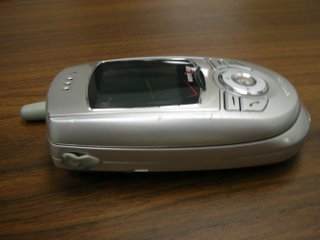

A case in point. A few days ago I commented about how much telephone and ATM technology has removed the human element in our transactions with tellers and operators. When doing a little research for that piece I came upon the fact that early telephone switches were designed to “fail 2 hours every 40 years”. Nowadays, we’d probably never state something in those terms because we can’t imagine a piece of equipment being in place for 40 years. Our modern computers are every bit as reliable, maybe even more so as solid state components are usually more reliable than mechanical switches, but we tend to think in terms of days or months.
Today our agency began swapping out the cell phones that various people in the organization have to do their jobs. The reason isn’t that the phones aren’t working. They are showing their age with scratches and such. But the real reason is that our contract calls for a replacement phone every two years. The phone company has planned for the obsolescence so they don’t have to be supporting and maintaining equipment years after it has been placed into service.


The new phones come with features that were cutting edge two years ago but are commonplace now. Things such as backgrounds, animated opening sequences, camera and calendar features. The phone representative explained that they won’t sell phones on contracts like ours that are “end of life” phones. Those will be wholesaled out to retailers who will sharply discount them. She explained that the “end of life” phones will work perfectly fine for another 3 or 4 years but they won’t be maintained in the same fashion as the “current” phones.
No comments:
Post a Comment